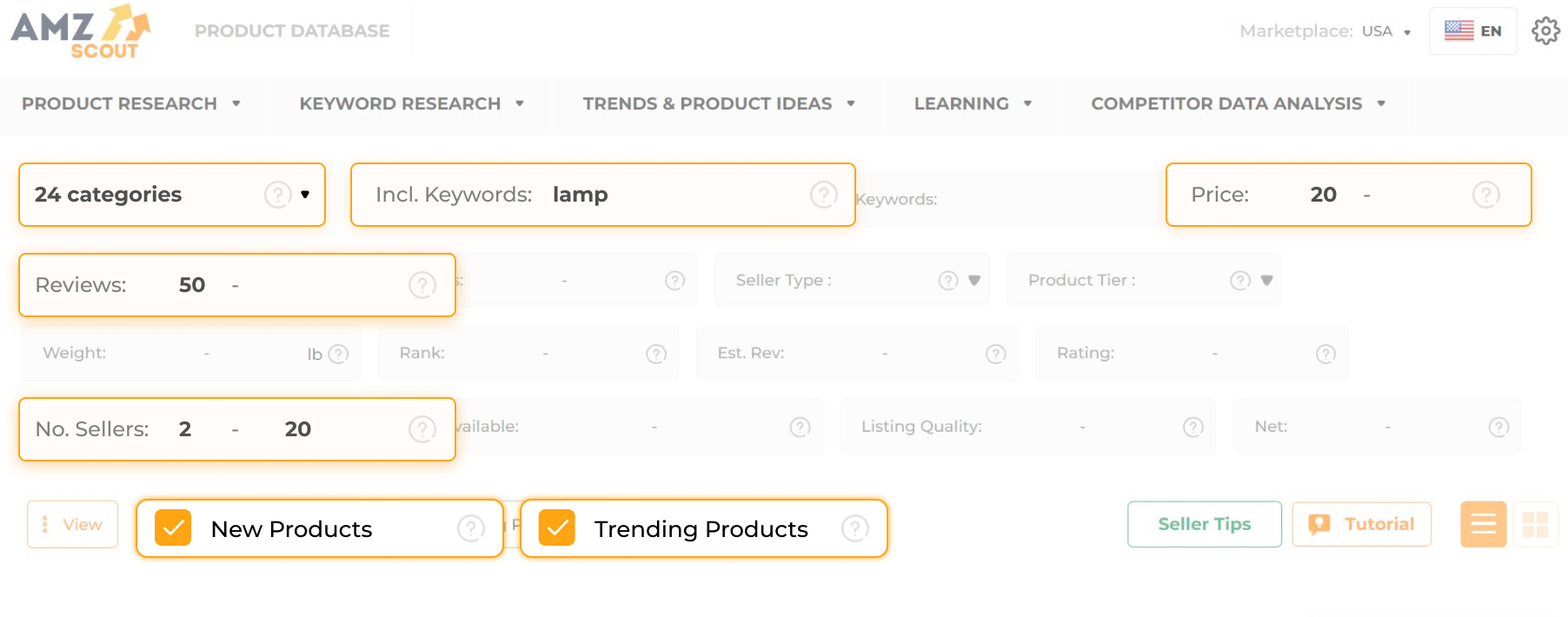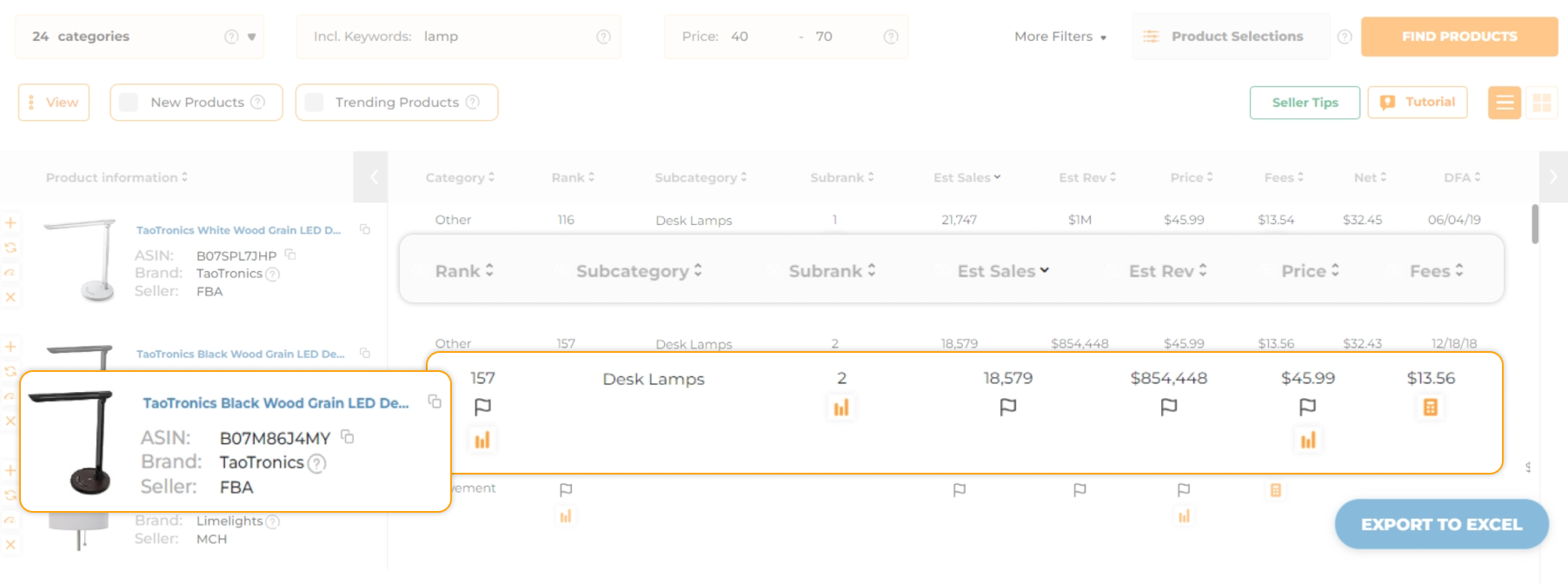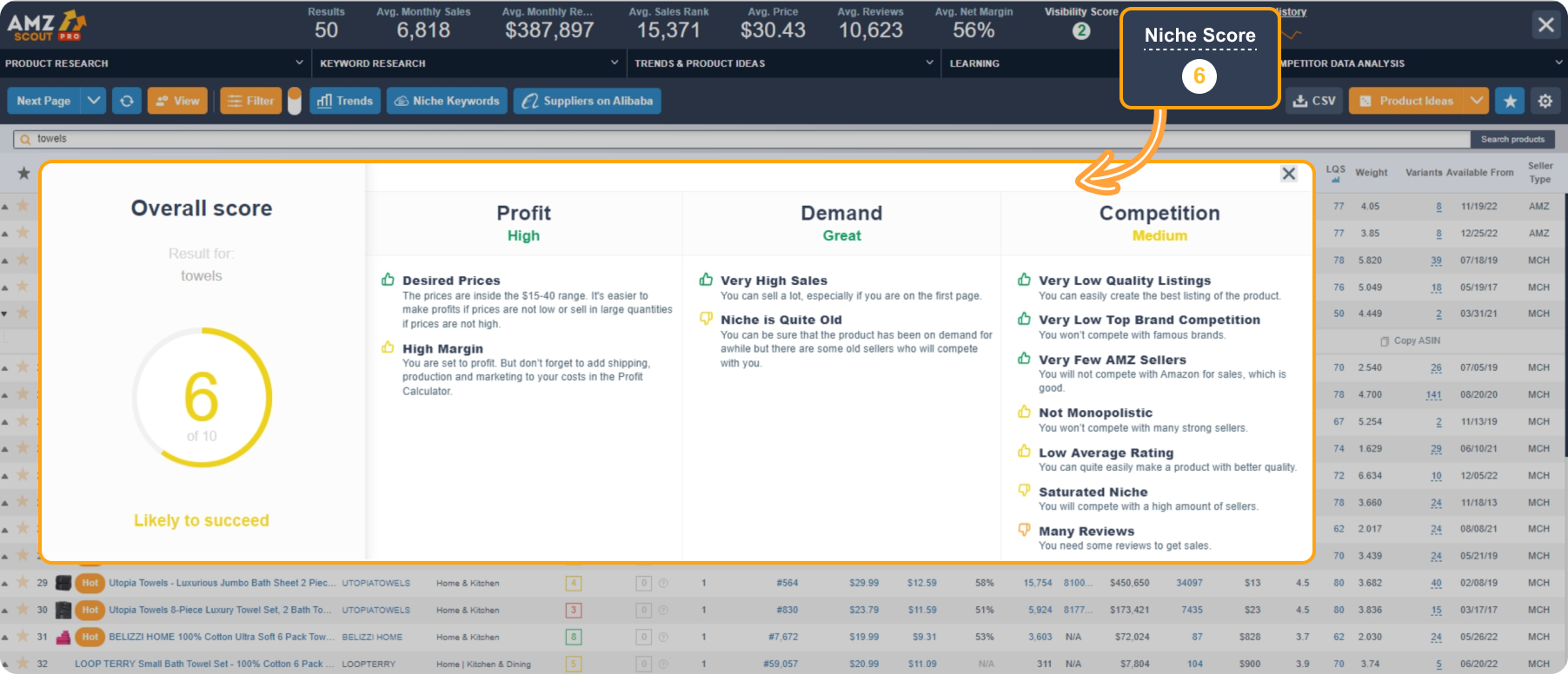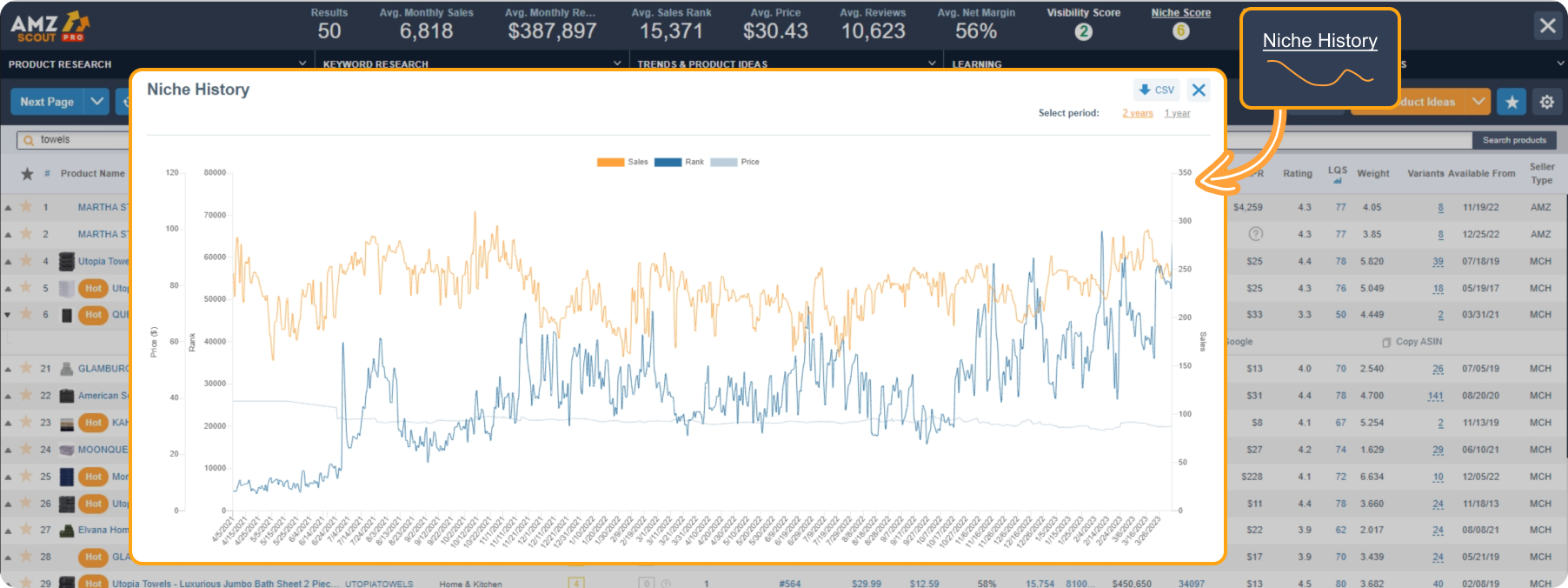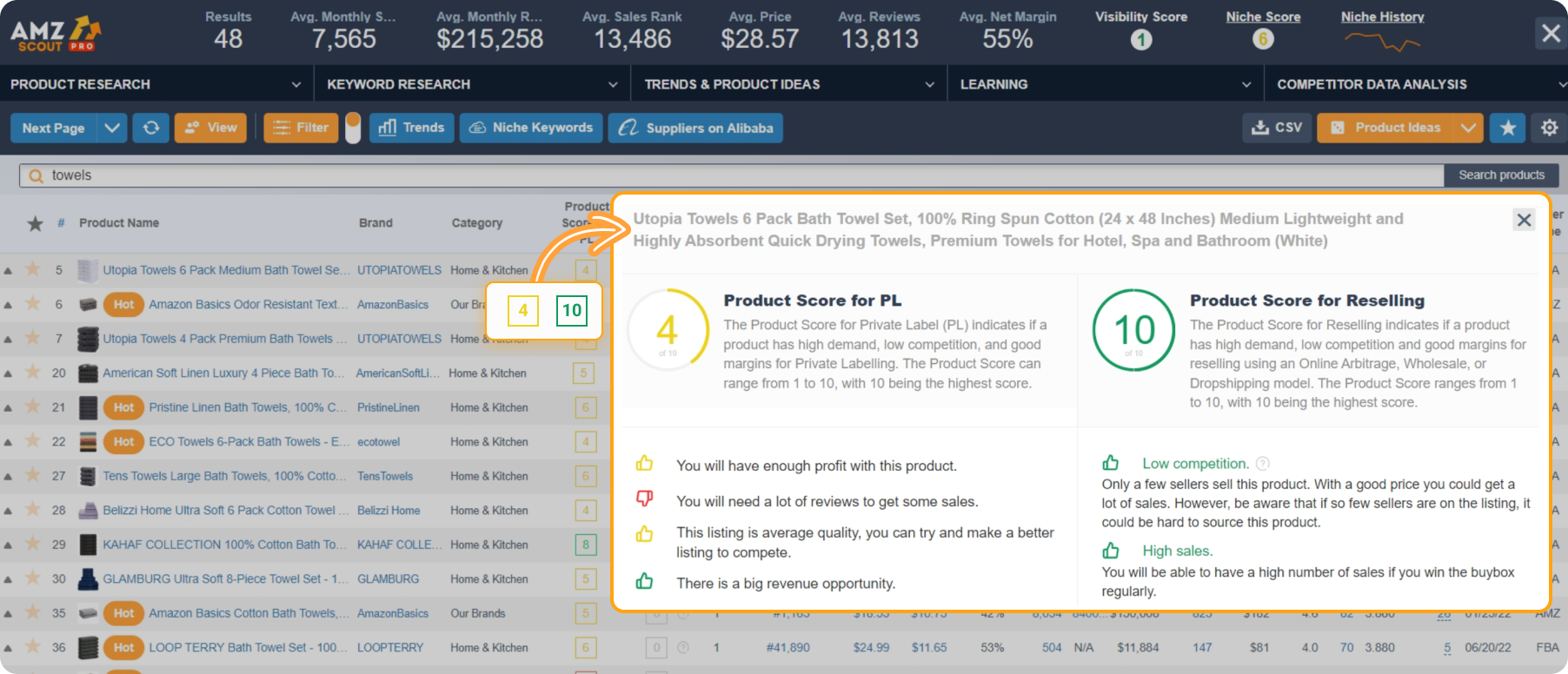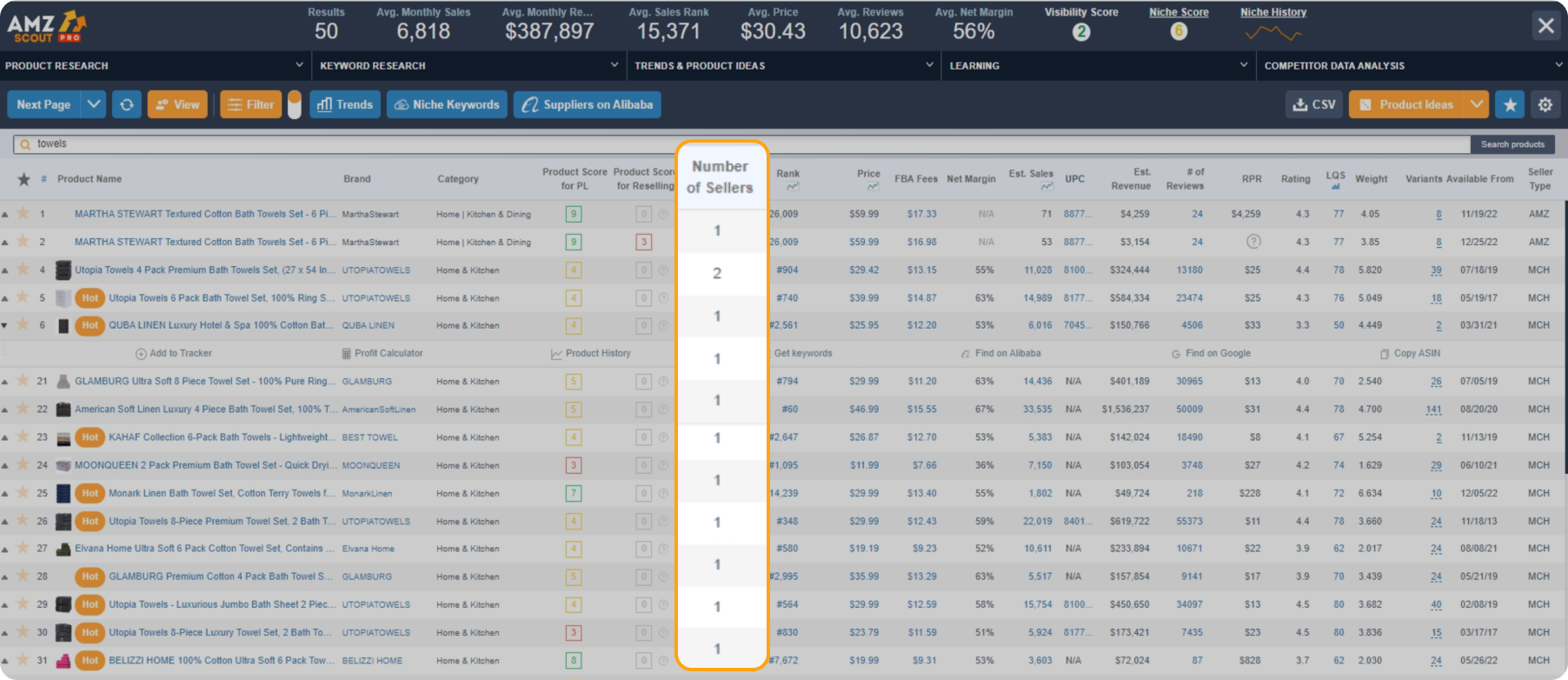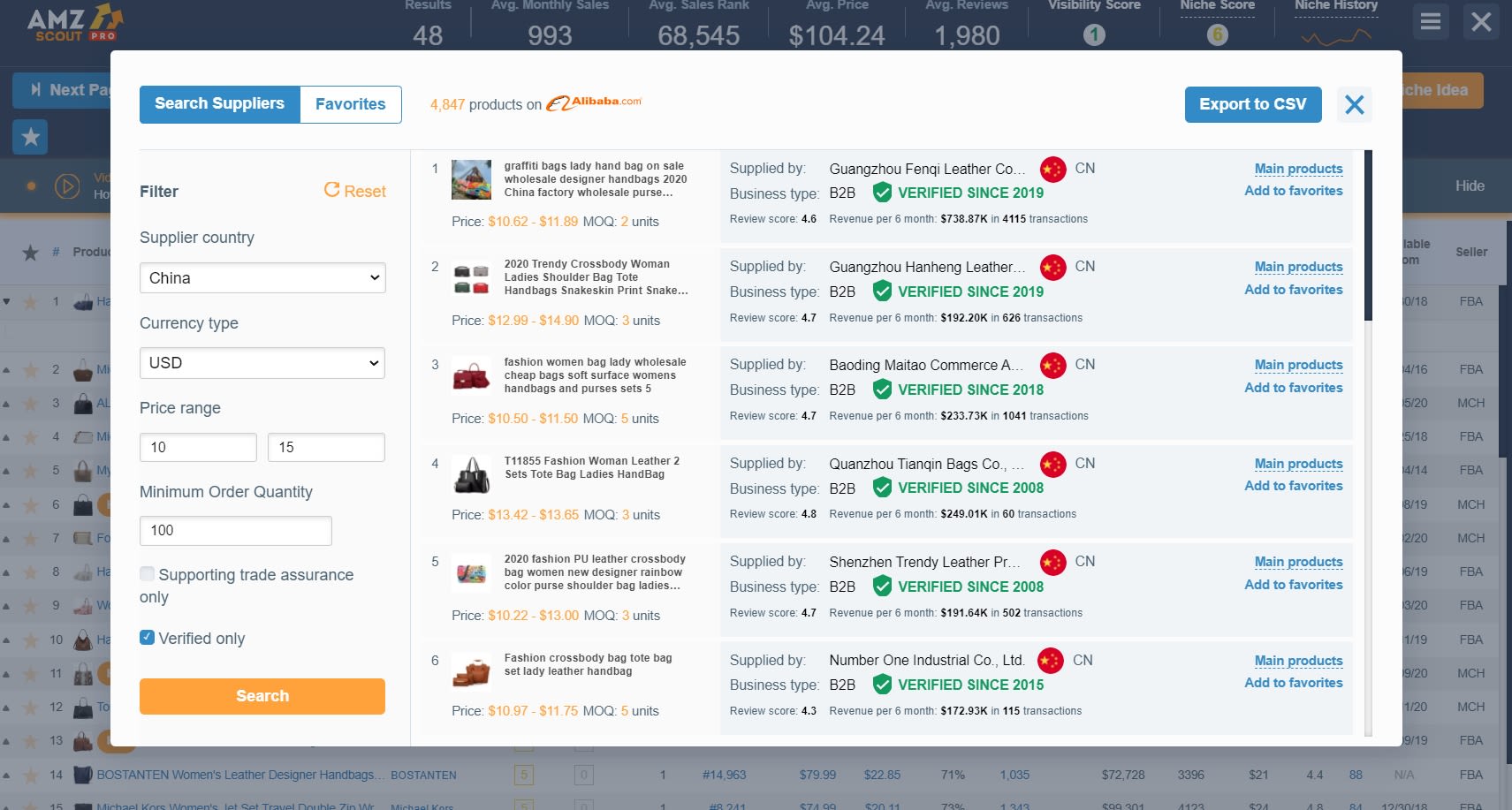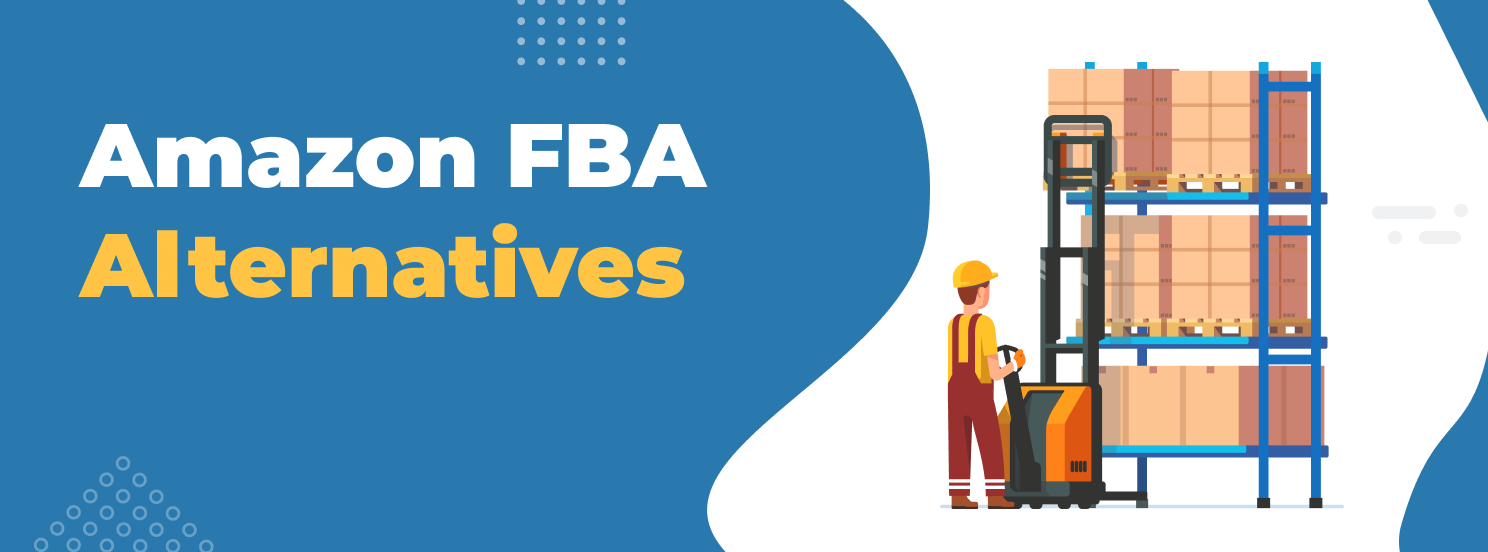
Find the Best Amazon FBA Alternatives: A Comprehensive Guide
Amazon FBA has been a top choice for many sellers, making it easy to process orders and boosting product visibility. Still, this business model isn’t the perfect fit for everyone. Some sellers prefer to use a cheaper fulfillment method or maintain greater control over their inventory.
Table of contents
In this article, we’ll explore alternatives to Amazon FBA and look at the best available options.
Overview of Amazon FBA
First, let’s review how Amazon FBA (Fulfillment by Amazon) works. ‘FBA’ is a service provided by Amazon that helps sellers streamline their operations and enhance their overall performance on the platform.
Merchants list their inventory on Amazon and ship it to Amazon fulfillment centers. Amazon employees handle all aspects of storage, packing, and shipping items directly to customers each time an order is received. In return for these services, Amazon charges a fee.
Pros and Cons
Using Amazon FBA offers both advantages and disadvantages for sellers. Here are the key benefits of this fulfillment method for your business:
Streamlined logistics: With Amazon handling storage and shipping, sellers are relieved of logistical hassles.
Increased sales potential: FBA products often secure the ‘Buy Box’ due to Amazon's algorithms and speedy delivery.
Efficient customer service: Amazon handles any customer queries that come in post-sale, enhancing the overall buying experience.
However, there are also potential drawbacks to using Amazon FBA that may outweigh its benefits for some sellers. These include:
High fees: Amazon FBA incurs various charges to cover shipping, fulfillment, and referral fees, which can significantly impact profits. Additionally, long-term storage fees for large inventories can further increase costs.
Limited control: Sellers have limited control over their own inventory management, which can especially pose challenges for delicate items, and also increase the risk of stockouts.
Returns handling: While Amazon handles returns for FBA listings, sellers may face substantial costs. Some opt to absorb these costs, while others prefer a return destruction or transferring possession to Amazon to avoid expenses.
Dependency on Amazon: Sellers don’t have any influence over Amazon's fee adjustments or policy changes, which can leave them vulnerable to fluctuations in the platform's terms.
As we can see, the primary drawback of FBA is its high costs, which can be particularly challenging for startups. This financial burden limits their ability to allocate funds towards crucial tasks like advertising and inventory procurement, which are essential for business growth. Consequently, many sellers prefer to explore Amazon fulfillment alternatives.
Alternatives to Amazon FBA for Sellers
Amazon FBA alternatives include FBM and SFP. Let's explore the specifics of each.
FBM
In contrast to FBA, ‘FBM’ (Fulfillment by Merchant) requires sellers to handle and ship orders on their own. While this may incur costs for warehouse space or storing items in the home, FBM sellers are able to avoid Amazon's fulfillment and storage fees, and can choose their own shipping carriers.
Additionally, FBM sellers can customize their own packaging to enhance the overall shopping experience and maintain a direct relationship with their customers, while managing returns according to their own policies. FBM sellers also aren't restricted by FBA's category limitations (such as those containing hazardous materials), allowing for more flexibility for offering products.
Hence, FBM sellers enjoy lower expenses and greater inventory control, but may face inventory management challenges.
SFP
‘SFP’ (Seller Fulfilled Prime ) is an Amazon program that combines features of both FBA and FBM. SFP sellers pay fees to Amazon and can obtain the ‘Prime’ badge, but in comparison to FBA, these fees are typically lower. Similar to FBM, SFP sellers manage fulfillment and shipping tasks on their own, giving them greater control over the process.
To enroll, sellers have to strictly adhere to Amazon's requirements, including:
Setting up a Professional selling account ($39.99/month).
Generating a high order volume (over 100 orders in 90 days).
Maintaining a low cancellation rate.
SFP candidates must also pass a 30-day trial period, and if approved, are required to guarantee free two-day delivery (including non-business days) and returns. Ensuring fast dispatch can be challenging, but the real drawback is that failing to meet any of these requirements at any point will result in exclusion from the SFP program.
Maintaining the necessary order volume can be difficult for novices, making FBM the main alternative to FBA. To maximize the benefits of this fulfillment method, it's crucial to choose the right products to sell. Let's explore which products are best suited for the FBM business model.
Which Products to Sell with FBM
Products that are best suited for FBM may differ from those ideal for FBA due to fulfillment specifics. Here are a few distinctive characteristics:
Category flexibility: FBM sellers have more freedom across all categories, unlike FBA, which may have restrictions.
Fragile/high-value items: FBM offers greater inventory control, which is appealing to sellers who prioritize protection of delicate or valuable goods.
Weight considerations: FBA dictates courier choice and shipping costs, favoring lightweight items. FBM allows for better deals on heavier or non-standard items.
Small quantity advantage: FBA favors bulk shipments to FBA centers due to delivery costs. FBM is more cost-effective for sellers with fewer products.
Slow-moving products: FBA's storage fees discourage slow-selling inventory. FBM allows focus on niche products with more fluctuation in demand.
Used products: FBM sellers can purchase returned or used items on online auctions at a lower cost and monitor their condition and quality. However, FBA proves more costly, as sellers must ensure the condition of their items before shipping them to FBA centers, incurring additional expenses.
Regardless of which fulfillment method you choose, certain product criteria are crucial for ensuring business success, with profitability being the most important. To identify lucrative products to sell, it's essential to analyze market trends and perform product research. Consider utilizing analytical tools like AMZScout to help you streamline research processes and save time.
Find the Best Product Ideas with the Product Database
AMZScout's Product Database assists sellers with finding product ideas that match their parameters, from a database of 600 products. This tool offers precise market data and user-friendly functionality. To access it, just follow these steps:
1. Go to the AMZScout Product Database. Enter your email address to start a free trial.
2. Apply the search filters. There are 16 criteria to help you narrow down your search, depending on your business specifics. However, the most universal parameters for identifying a profitable product idea include:
Estimated Sales: Ensure that monthly product sales exceed 200 to ensure high demand.
Seller Type: Opt for Merchant as your seller type to avoid competition with FBA sellers or Amazon itself.
Price: Select products priced at over $30 to maintain a high margin.
3. Get your results. Click Find Products to see a list of products that match your criteria.
You will get a list of items that could be profitable to sell. At this point, it's important to analyze them further to ensure stability of demand and alignment with your business model.
Verify Product Profitability Using the PRO Extension
The PRO Extension makes it easy to access sales statistics, trends, and other relevant data for any Amazon product. It's a handy tool for sellers looking to make informed decisions about their product choices.
Here's how to use it:
2. Start your search. Enter any product name from your Product Database list into the Amazon search field.
3. Open the AMZScout PRO Extension. Click on the AMZScout icon in the upper right-hand corner of your browser.
4. Assess the niche potential. The success of individual products can vary due to different factors related to sellers, highlighting the importance of examining the broader niche in order to gain a more thorough understanding of the market.
Click Niche Score in the upper right-hand corner, which takes into account factors like competition level, profitability, and sales volume. Consider niches with a score greater than 7 for better potential.
Click Niche History in the upper right-hand corner to review the comprehensive sales history within the niche and check demand stability. By verifying whether the item or niche is seasonal or constant, you can improve inventory management.
5. Evaluate product performance. If the niche seems promising, analyze the performance of any item from the list that you are interested in.
Click Product History below the product you're interested in to track changes in its sales volume visually. Stable or increasing sales usually signal positive market conditions.
Look at the Product Score to evaluate if the item is appropriate for reselling or a private label model, ensuring it aligns with your business needs.
6. Check the competition level.
Look for the Seller column next to the item to see the total number of sellers. Competition can be tough with more than 20 sellers.
Check the last column, labeled Seller Type, to determine if Amazon is among the sellers, as this competition can be challenging. If the item is sold by FBA, consider lowering your price to compete with faster delivery options.
For any products you're interested in, you can check suppliers conveniently and directly through the extension. Just click Suppliers on Alibaba at the top of the page to access a list of available suppliers for that item. From there, you can review each supplier's order conditions and prices, including their ratings and reviews, without leaving the extension.
Once you've identified a reliable supplier and obtained your products, you'll need to list them on Amazon and fulfill orders as you receive them.
Alternative 3PL Solutions
If you choose the SFP or FBM fulfillment methods, you'll be responsible for organizing product delivery to customers. Consider utilizing 3PL logistics companies for your orders, since they often provide better shipping rates and faster delivery times, enhancing customer satisfaction. Additionally, many of them offer direct integration to Amazon, streamlining the process by passing order details to their systems automatically, eliminating the need for manual address entry.
There are many third-party fulfillment services to choose from, each offering its own unique benefits and features that cater to sellers' diverse needs. According to successful sellers, here are the top five logistics companies:
FedEx Fulfillment: This company is known for its security measures, including requiring customer signatures and providing tracking services. They also offer competitive prices for items under 3lbs, fast delivery, and discounts for regular shippers. However, significant delays may occur during peak order periods, such as Black Friday or Christmas, due to overcrowding at FedEx hubs.
ShipBob: ShipBob is a set of software that offers shipping services and integrated inventory management. It alerts you when your inventory is running low and is integrated with Amazon, streamlining order processing. However, many users frequently report technical issues, high shipping charges, and delayed orders, resulting in customer loss.
ShipMonk: This is an attractive option thanks to its negotiated discounts with major carriers. The platform also offers user-friendly inventory management features. However, customers often report issues such as lost or damaged packages without compensation, delayed tracking numbers, and a lack of transparency in cost structures, including hidden fees.
Deliverr: This company’s two-day delivery service earns ‘fast tags’ badges across ads, boosting product visibility in search engine results. However, Deliverr does not offer international shipping, and their customer support team is often criticized for slow responses and providing incorrect tracking numbers. The absence of return options can also inconvenience final customers.
Rakuten Super Logistics: They provide two-day delivery from warehouses across the USA, with timely tracking and reliable customer support. However, this service is not accessible to small businesses, as they require a minimum of 250 orders/month. Additionally, cost estimates are unavailable without submitting a quote request.
These are just a few examples of logistics companies, as there are certainly others available. When selecting a logistics company for your business be sure to verify their delivery times and understand their fee structures thoroughly. By conducting comprehensive research, you can make an informed decision that best suits your business needs and ensures a seamless fulfillment process.
Conclusion
Both SFP and FBM offer alternatives to FBA, providing sellers with greater inventory control and potentially lower expenses. However, regardless of which fulfillment method you choose, the key to business success lies in selecting profitable products to sell.
The AMZScout toolkit can help you analyze and find the most profitable items. Once you decide what to sell, you can prioritize access to a Prime customer base with SFP, or reduce your reliance on Amazon with FBM. Thus, you'll develop a strategic approach to fulfilling customer needs and aligning with your preferences to maximize sales potential.

